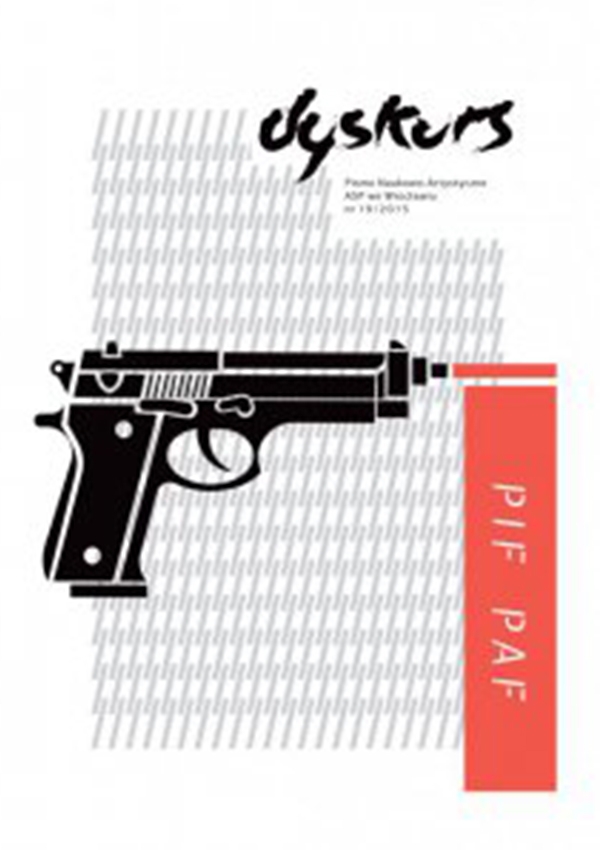Zejście z cokołu. Sztuka jako żart. Od Francisa Picabii do Maurizio Cattelana
Słowa kluczowe:
Dada; Fluxus, ready-mades, feminism, Kamp, irony, jokeAbstrakt
Art as a Joke. From Francis Picabia to Maurizio Cattelan
Dada movement stripped art of seriousness, turned art into a joke, a sophisticated fun. Where there were Dadaists, there was laughter, as Hans Richter once said. Dadaists formed an opposition: bour-geois false values, over which hovered the stench of death and money – versus life. They stood on the side of life; on the side of art stripped of bourgeois seriousness. But the Dadaists also found liberated joke – a joke that served no purpose, fought against nothing and attacked nothing. ‘Entracte’ by Francis Picabia and ready-mades by Marcel Duchamp were in fact the jokes, which formed a new concept of art – art liberated from the domination of taste. Readymades had all the attributes of artwork : author, title, year of creation, audience, critics, etc., but did they become works of art? The artists are the ones who choose and force us to follow their choices, who reject good taste and that is the way they take control over art – by separating good art from bad. The joke is changing the way we think about art, pointing to the ambivalence adopted by our assumptions about the world. In an interview, Duchamp said that the public treated very seriously contemporary art. Did he want to say that it was too serious? Fluxus developed dada-like ambiguity. Where the audience expected to see art, often they received something that could be perceived as joke. The ambiguity was attributed not only to Fluxus, but virtually to the entire art of the 1960’s, as evidenced by the Kamp aesthetics. Kamp is ‘the seriousness that fails’. Kamp means a change with respect to bad art and it shows that we can play with it. In the 1960’s and the 1970’s, in the second wave of feminism, laughter returns as a weapon, as a tool to combat patriarchal culture.

